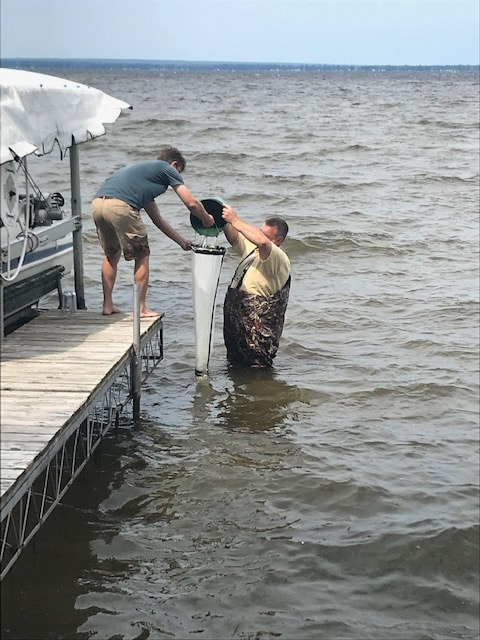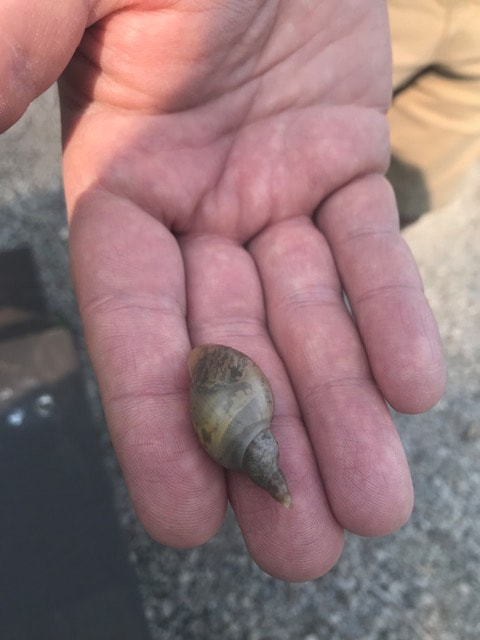
If you must swim and suspect that conditions are not perfect, or if you are exceptionally susceptible to swimmer’s itch, consider wearing a “rash guard.” These are commercially available suits that prevent direct water/skin contact, making it nearly impossible for the cercaria to penetrate your skin.If you swim in the afternoon, the concentration of cercaria is almost always much lower than early in the morning. The cercaria are released early in the morning by snails, but they live less than a day. When it is blowing away from the land, worms are blown out to deeper water and dispersed. The cercaria (“worms”) drift with wind and currents and are concentrated in shallow waters when the wind blows in. Avoid swimming when the wind is blowing on shore.You can avoid swimmer's itch by using the "smart swimming" techniques described in our Lake Biologist's report, as follows. Click here for another recent article on swimmer's itch from MSU.įor examples of what swimmer's itch looks like, click here or here. If you'd like to learn more about swimmer's itch and its history, this MSU Extension Bulletin WQ-58 provides a readable summary. How does swimmer's itch occur and what does it look like?



Swimmer's Itch FAQs Latest research findings, future research direction, "smart swimming" techniquesĬlick here to read our Lake Biologist's summary of the latest swimmer's itch research findings, the direction of future research, and "smart swimming" techniques. If you would like to donate to help fund our efforts to study and control swimmer's itch, please click here.


 0 kommentar(er)
0 kommentar(er)
